-
 bitcoin
bitcoin $118548.520763 USD
3.67% -
 ethereum
ethereum $4352.564943 USD
4.79% -
 xrp
xrp $2.964058 USD
4.22% -
 tether
tether $1.000565 USD
0.05% -
 bnb
bnb $1028.372955 USD
1.46% -
 solana
solana $221.373507 USD
6.00% -
 usd-coin
usd-coin $0.999933 USD
0.02% -
 dogecoin
dogecoin $0.248633 USD
6.85% -
 tron
tron $0.341444 USD
2.38% -
 cardano
cardano $0.852946 USD
5.82% -
 hyperliquid
hyperliquid $47.869306 USD
6.15% -
 chainlink
chainlink $22.561476 USD
6.01% -
 ethena-usde
ethena-usde $1.001258 USD
0.05% -
 avalanche
avalanche $30.660000 USD
2.06% -
 stellar
stellar $0.400917 USD
9.76%
What does it mean when the OBV curve fluctuates violently? Is it the main operator or noise interference?
Violent OBV fluctuations in crypto markets may signal main operators or noise; traders should confirm with other indicators and monitor volume patterns for effective strategies.
May 22, 2025 at 03:57 pm
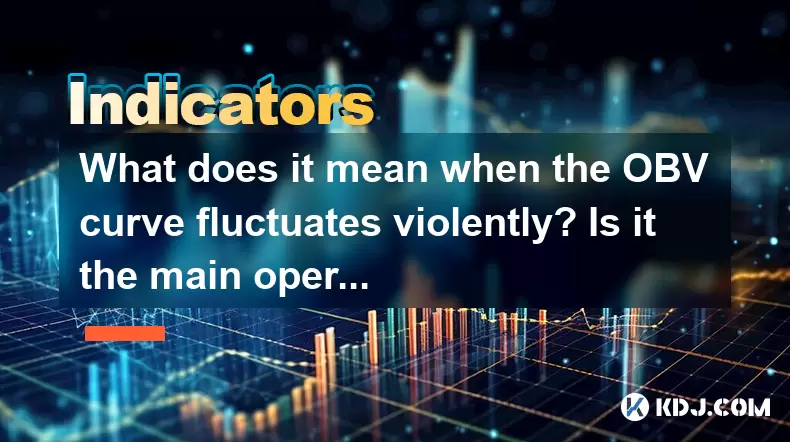
The On-Balance Volume (OBV) indicator is a popular technical analysis tool used by traders and investors within the cryptocurrency market to predict price movements based on volume changes. When the OBV curve fluctuates violently, it raises questions about the underlying causes and the implications for trading strategies. In this article, we will explore what these violent fluctuations signify, whether they indicate the actions of a main operator or mere noise interference, and how traders can interpret and react to such movements.
Understanding the On-Balance Volume (OBV) Indicator
The OBV is an indicator that uses volume flow to predict changes in stock, commodity, or cryptocurrency price. The core principle behind OBV is that volume precedes price movement. If a cryptocurrency closes higher than the previous day, the entire volume for that day is added to the OBV. Conversely, if it closes lower, the volume is subtracted. If the close is the same, the OBV remains unchanged. The OBV line is then plotted over time, and traders look for trends and divergences between the OBV line and the price chart.
What Causes Violent Fluctuations in the OBV Curve?
Violent fluctuations in the OBV curve can be attributed to several factors within the cryptocurrency market. High trading volumes associated with significant price movements are a primary cause. These can occur due to news events, large trades by institutional investors, or coordinated efforts by groups of traders. Additionally, market manipulation by large holders, often referred to as whales, can lead to abrupt changes in the OBV curve. These fluctuations might also result from technical trading algorithms that execute large orders based on predefined criteria.
Distinguishing Between Main Operator and Noise Interference
The distinction between the actions of a main operator and noise interference is crucial for traders looking to make informed decisions. A main operator, often a large institutional investor or a group of coordinated traders, can significantly influence the OBV curve through their trading activities. Their large volume trades can lead to sustained trends in the OBV, which may signal upcoming price movements. On the other hand, noise interference typically consists of smaller, less coordinated trades that do not follow a clear pattern. These can create short-term volatility in the OBV but are less likely to result in sustained trends.
To differentiate between the two, traders should look for consistency and follow-through in the OBV movements. If the OBV consistently moves in one direction following a violent fluctuation and is accompanied by corresponding price movements, it is more likely to be influenced by a main operator. Conversely, if the OBV fluctuates wildly but quickly reverts to its previous trend without significant price impact, it may be noise interference.
How to Interpret Violent OBV Fluctuations
Interpreting violent fluctuations in the OBV curve requires a careful analysis of the broader market context. Confirming signals from other technical indicators, such as moving averages or the Relative Strength Index (RSI), can help traders determine whether the OBV fluctuation is a reliable signal. Additionally, monitoring news and market sentiment can provide insights into whether the fluctuation is driven by fundamental factors or speculative trading.
Traders should also consider the volume profile during the fluctuation. If the volume spike is accompanied by a significant increase in the number of large trades, it may indicate the presence of a main operator. Conversely, if the volume increase is spread across many small trades, it is more likely to be noise.
Practical Strategies for Trading Based on OBV Fluctuations
When faced with violent OBV fluctuations, traders can adopt several strategies to capitalize on potential opportunities or mitigate risks. Here are some practical approaches:
Confirm with other indicators: Use additional technical indicators to confirm the OBV signal. For instance, if the OBV shows a bullish divergence and the RSI also indicates an oversold condition, it may be a strong buy signal.
Monitor volume patterns: Pay close attention to the volume profile during the OBV fluctuation. Look for signs of large, coordinated trades that may indicate the presence of a main operator.
Set appropriate stop-losses: Given the potential for rapid price movements following violent OBV fluctuations, setting stop-loss orders can help manage risk. Adjust the stop-loss levels based on the volatility and the trader's risk tolerance.
Trade in smaller sizes: In the face of uncertain OBV signals, consider trading smaller positions to limit potential losses while still participating in potential market movements.
Stay informed about market news: Keep an eye on news events and market sentiment, as these can significantly influence OBV fluctuations and subsequent price movements.
Case Studies of Violent OBV Fluctuations in Cryptocurrency
To illustrate the concepts discussed, let's look at a couple of case studies from the cryptocurrency market where violent OBV fluctuations occurred.
Case Study 1: Bitcoin (BTC) OBV Fluctuation
In early 2021, Bitcoin experienced a significant price surge accompanied by violent OBV fluctuations. The OBV curve showed a sharp increase, which was followed by a sustained upward trend in the price. Analysis of the volume profile during this period revealed large trades executed by institutional investors, indicating the presence of a main operator. Traders who recognized this pattern and confirmed it with other indicators were able to capitalize on the subsequent price rally.
Case Study 2: Ethereum (ETH) OBV Fluctuation
In contrast, Ethereum experienced a violent OBV fluctuation in late 2020 that did not result in a sustained price movement. The OBV curve spiked but quickly reverted to its previous trend, suggesting noise interference rather than the actions of a main operator. Traders who misinterpreted this fluctuation as a bullish signal and entered long positions without confirming signals from other indicators may have faced losses as the price did not follow through.
Frequently Asked Questions
Q1: Can OBV be used as a standalone indicator for trading decisions?A1: While OBV can provide valuable insights into volume trends, it is generally more effective when used in conjunction with other technical indicators. Relying solely on OBV without confirming signals from other tools can lead to misinterpretations, especially in volatile markets like cryptocurrency.
Q2: How often should traders monitor the OBV for fluctuations?A2: The frequency of monitoring OBV depends on the trader's strategy and time horizon. For short-term traders, monitoring OBV on an intraday basis can help identify rapid changes in volume trends. Long-term investors may find it sufficient to check OBV on a daily or weekly basis to gauge broader market sentiment.
Q3: Are there specific time frames where OBV fluctuations are more reliable?A3: OBV fluctuations can be more reliable on longer time frames, such as daily or weekly charts, as these tend to filter out short-term noise and provide a clearer picture of volume trends. However, traders should always consider the broader market context and confirm OBV signals with other indicators regardless of the time frame.
Q4: How can traders distinguish between genuine OBV signals and false positives?A4: To distinguish between genuine OBV signals and false positives, traders should look for confirmation from other technical indicators, monitor volume patterns for signs of large, coordinated trades, and stay informed about market news and sentiment. Additionally, maintaining a disciplined approach to risk management, such as setting stop-loss orders, can help mitigate the impact of false positives.
Disclaimer:info@kdj.com
The information provided is not trading advice. kdj.com does not assume any responsibility for any investments made based on the information provided in this article. Cryptocurrencies are highly volatile and it is highly recommended that you invest with caution after thorough research!
If you believe that the content used on this website infringes your copyright, please contact us immediately (info@kdj.com) and we will delete it promptly.
- BlockDAG, DOGE, HYPE Sponsorship: Crypto Trends Shaping 2025
- 2025-10-01 00:25:13
- Deutsche Börse and Circle: A StableCoin Adoption Powerhouse in Europe
- 2025-10-01 00:25:13
- BlockDAG's Presale Buzz: Is It the Crypto to Watch in October 2025?
- 2025-10-01 00:30:13
- Bitcoin, Crypto, and IQ: When Genius Meets Digital Gold?
- 2025-10-01 00:30:13
- Stablecoins, American Innovation, and Wallet Tokens: The Next Frontier
- 2025-10-01 00:35:12
- NBU, Coins, and Crypto in Ukraine: A New Yorker's Take
- 2025-10-01 00:45:14
Related knowledge
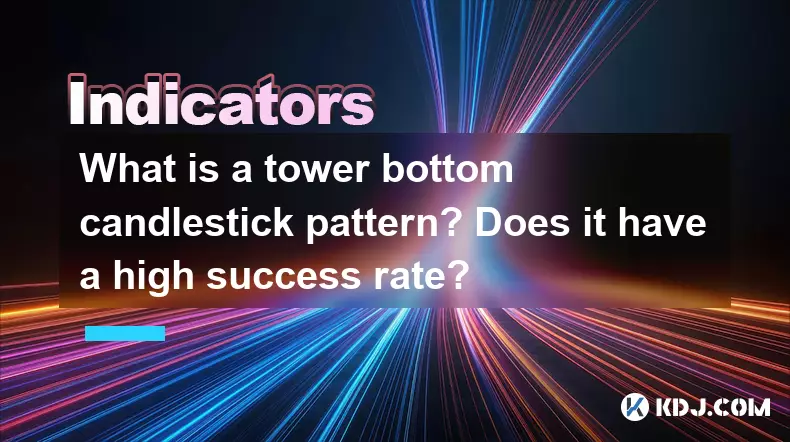
What is a tower bottom candlestick pattern? Does it have a high success rate?
Sep 22,2025 at 07:18am
Tower Bottom Candlestick Pattern Explained1. The tower bottom candlestick pattern is a reversal formation that typically appears at the end of a downt...
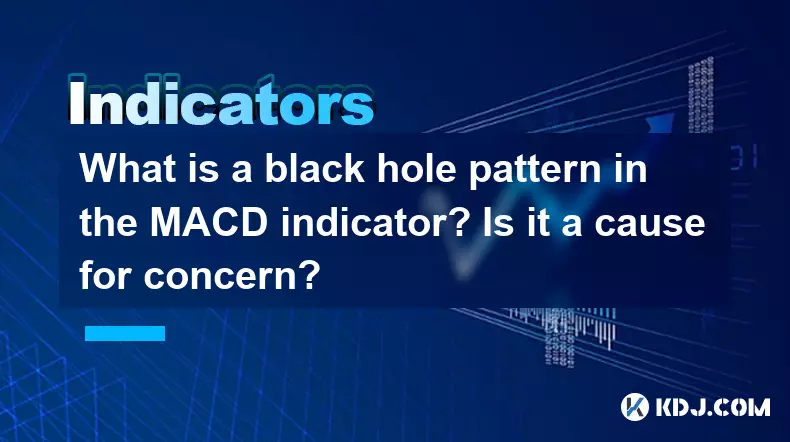
What is a black hole pattern in the MACD indicator? Is it a cause for concern?
Sep 21,2025 at 06:54pm
Bitcoin's Role in Decentralized Finance1. Bitcoin remains the cornerstone of decentralized finance, serving as a benchmark for value and security acro...

How can I use the psychological line (PSY) to determine market sentiment?
Sep 17,2025 at 02:19pm
Understanding the Psychological Line (PSY) in Cryptocurrency TradingThe Psychological Line, commonly referred to as PSY, is a momentum oscillator used...
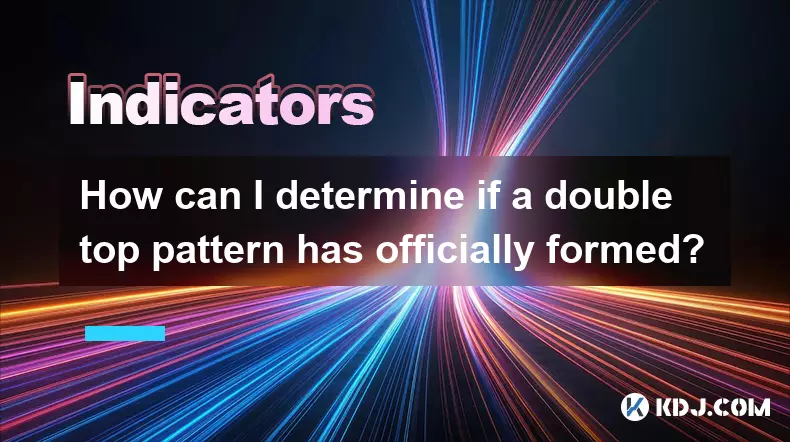
How can I determine if a double top pattern has officially formed?
Sep 21,2025 at 03:18am
Understanding the Structure of a Double Top Pattern1. A double top pattern consists of two distinct peaks that reach approximately the same price leve...
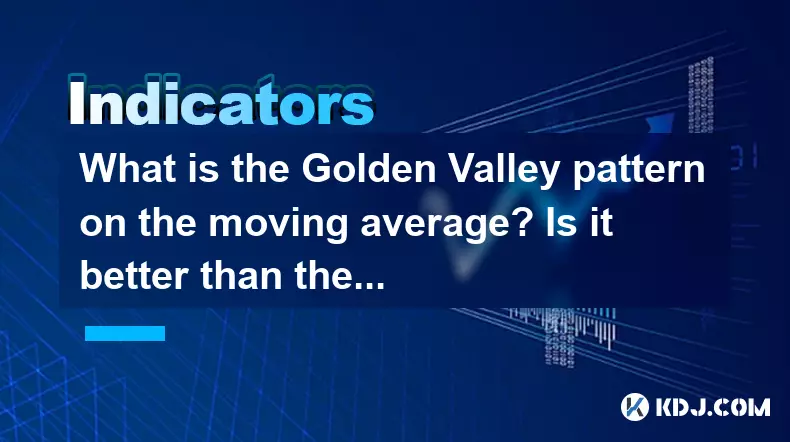
What is the Golden Valley pattern on the moving average? Is it better than the Silver Valley pattern?
Sep 21,2025 at 02:54pm
Understanding the Golden Valley Pattern in Moving Averages1. The Golden Valley pattern is a technical formation observed in cryptocurrency price chart...

What does a death cross of the RSI in the strong zone (above 50) mean?
Sep 17,2025 at 10:54pm
Understanding the Death Cross in RSI Context1. The term 'death cross' is traditionally associated with moving averages, where a short-term average cro...

What is a tower bottom candlestick pattern? Does it have a high success rate?
Sep 22,2025 at 07:18am
Tower Bottom Candlestick Pattern Explained1. The tower bottom candlestick pattern is a reversal formation that typically appears at the end of a downt...

What is a black hole pattern in the MACD indicator? Is it a cause for concern?
Sep 21,2025 at 06:54pm
Bitcoin's Role in Decentralized Finance1. Bitcoin remains the cornerstone of decentralized finance, serving as a benchmark for value and security acro...

How can I use the psychological line (PSY) to determine market sentiment?
Sep 17,2025 at 02:19pm
Understanding the Psychological Line (PSY) in Cryptocurrency TradingThe Psychological Line, commonly referred to as PSY, is a momentum oscillator used...

How can I determine if a double top pattern has officially formed?
Sep 21,2025 at 03:18am
Understanding the Structure of a Double Top Pattern1. A double top pattern consists of two distinct peaks that reach approximately the same price leve...

What is the Golden Valley pattern on the moving average? Is it better than the Silver Valley pattern?
Sep 21,2025 at 02:54pm
Understanding the Golden Valley Pattern in Moving Averages1. The Golden Valley pattern is a technical formation observed in cryptocurrency price chart...

What does a death cross of the RSI in the strong zone (above 50) mean?
Sep 17,2025 at 10:54pm
Understanding the Death Cross in RSI Context1. The term 'death cross' is traditionally associated with moving averages, where a short-term average cro...
See all articles










































































